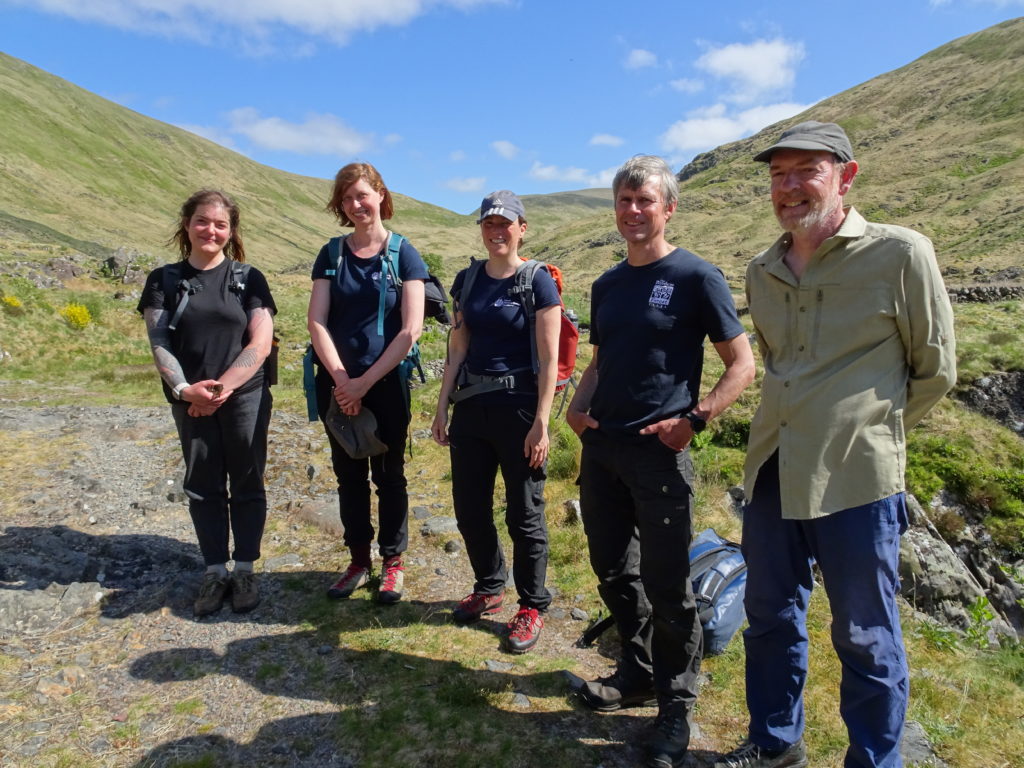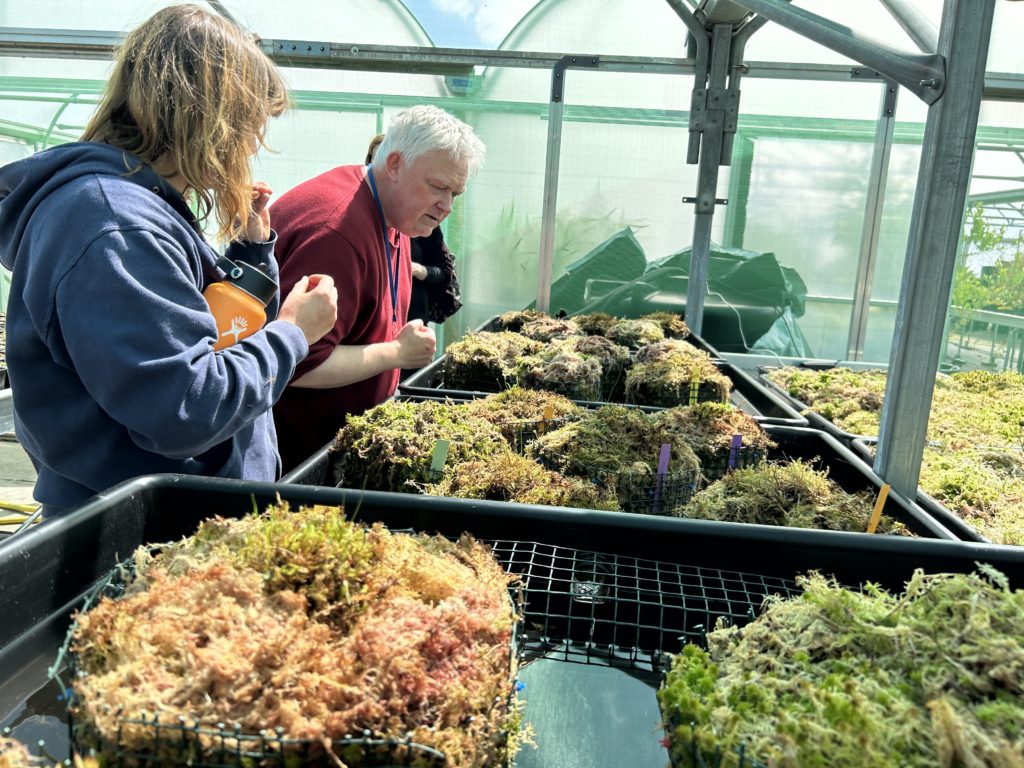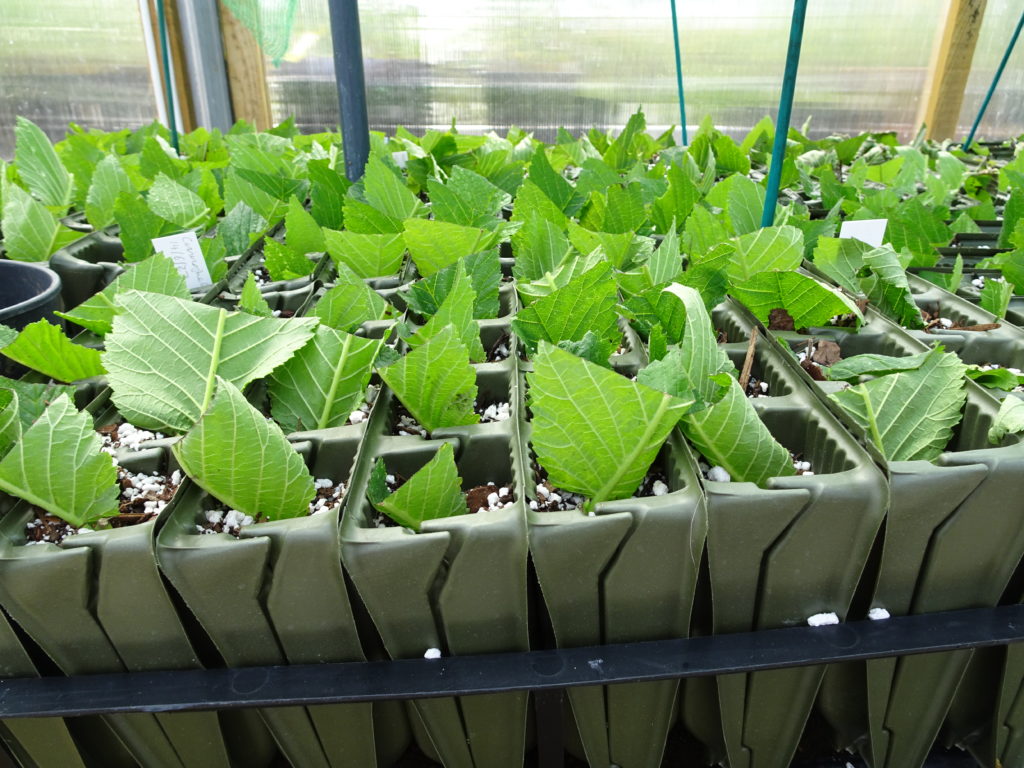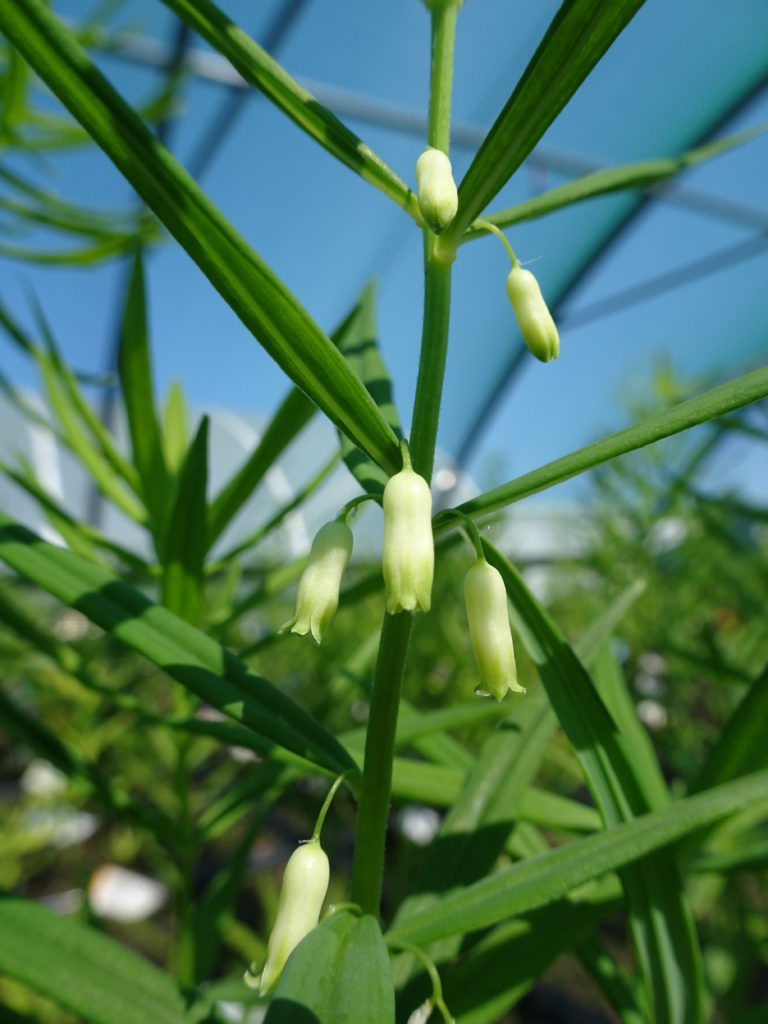This is an exciting time for threatened plant recovery as new opportunities are emerging through ambitious large-scale nature recovery projects
Aline Finger, Scottish plant recovery project lead
Early 2023 marked the beginning of the Garden’s three-year Scottish Plant Recovery project to restore ten threatened Scottish plant species. The work, supported by the Nature Restoration Fund, will see five trees, four flowers and one fern have their survival prospects improved by boosting both numbers and genetic diversity at carefully selected sites across Scotland.

All species need diversity at a genetic level to enable them to adapt and avoid the negative impacts of reproduction between closely related individuals. This can become a problem for rare and threatened species that exist as small, isolated populations. To counter the effects of low diversity the project will collect each species from a broad geographical area to capture available variation. Where Scottish populations are known to hold particularly low levels of diversity collections will extend to climatically similar regions, such as Scandinavia.

Nurtured and multiplied at the Garden’s nursery facilities, the plants will then be returned to suitable sites with measures to minimise the risk of accidentally spreading disease. Genetic testing will inform the mixing of plants from different sources to ensure that populations with elevated levels of diversity are established.

It is hoped that by creating genetically mixed populations in the most suitable places we can initiate recovery that will be sustained by natural regeneration. Care in matching the ecological requirements of the species to recipient sites is the key to success. This will build on many years of experience in Scottish rare plant conservation at the Garden.

Species recovery work will take place across Scotland with the support of landowners already involved in nature restoration at a landscape-scale. Aline Finger, leading the Scottish Plant Recovery project, explains “this is an exciting time for threatened plant recovery as new opportunities are emerging through ambitious large-scale nature recovery projects. We can add value to these projects by introducing plants that would probably not colonise by themselves.”
To follow our progress, you can keep up to date with the project posts on Botanics Stories.
The ten species being helped by the Scottish Plant Recovery project are:
Wych elm (Ulmus glabra) – Threatened by Dutch elm disease.
Crab apple (Malus sylvestris) – Threatened by hybridisation with cultivated apples.
Arran whitebeam (Hedlundia arranensis) – Small population vulnerable to chance events.
Arran service-tree (Hedlundia pseudofennica) – Small population vulnerable to chance events.
Catacol whitebeam (Hedlundia pseudomeinichii) – Small population vulnerable to chance events.
Whorled Solomon’s seal (Polygonatum verticillatum) – Riverside habitat prone to landslides.
Small cow-wheat (Melampyrum sylvaticum) – Threatened by habitat loss and degradation.
Alpine blue-sow-thistle (Cicerbita alpina) – Threatened by habitat loss due to overgrazing.
Oblong woodsia (Woodsia ilvensis) – Threatened by habitat loss and climate change.
Marsh saxifrage (Saxifraga hirculus) – Threatened by habitat loss and climate change.


- Twitter @TheBotanics
- Twitter @nature_scot
- Twitter and Facebook @ScotGovNetZero
- Facebook @NatureScot
- #NatureRestorationFund
Scottish Plant Recovery – Restoring Scotland’s plants
